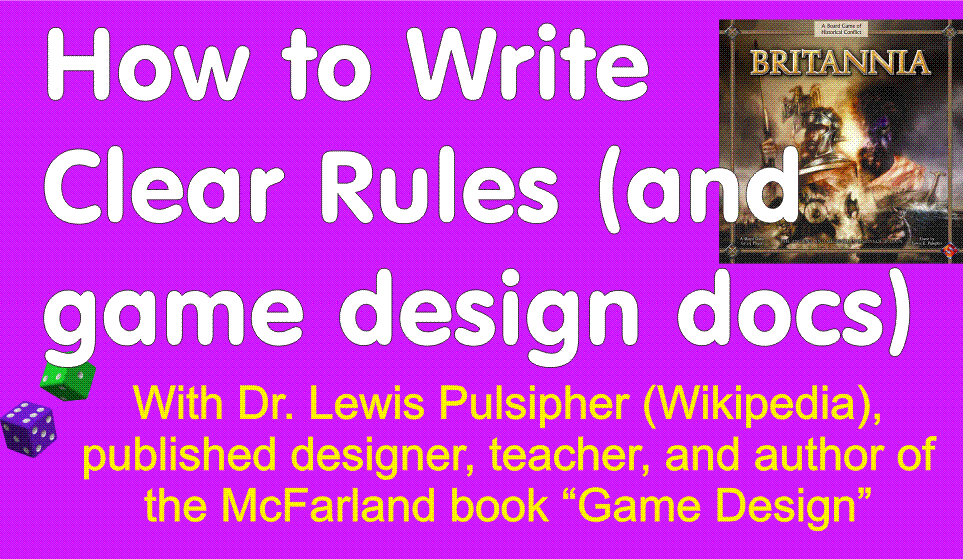One of the first things I do with beginning game design students is give them sets of "Clout Fantasy" pieces and a large vinyl chessboard, in groups, to have them make up games. I have water-soluble markers so that they can draw on the chessboards if they choose. They enjoy the exercise, they get used to working in groups (which also helps them get to know one another), and ultimately they learn that designing a good game isn't as easy as they thought it would be. It also teaches them to work under constraints.
"Clout" pieces are very nice clay chips (like high quality poker chips) with artwork and two numbers on them (and also zero to four dots, but students rarely use the dots). I bought a bunch very cheap ($8 for 12 starter sets listing at $14.95 each) because Clout appears to have failed strikingly in the marketplace. I give each group four differently-colored sets of 15 pieces--two starter sets. The sets are standard, but the pieces differ between each color. Students are free to use the numbers and dots or not as they choose.
So checkers is a game they could play immediately with the sets. I don't give them dice, but they often ask to use them in the end, and I agree.
So much for preliminaries. Students often make some kind of wargame, given what they have, and I find that the students often don't understand how maneuver and combat methods work together.
When I say "maneuver", I mean the location of pieces matters, and is what separates good play from bad, not how they fight. Chess and checkers are games of maneuver. Go is a game of maneuver, even though the maneuver comes through placement of pieces rather than actual movement. Even Tic-Tac-Toe is a game of maneuver, in this sense.
Games of "combat dominance" are defined mainly by the rules of how pieces conflict/fight. This often involves dice. Yes, there is conflict in chess, but the rule for it is very simple, whoever moves into the square, wins. Checkers is similarly simple, Go nearly so.
The most typical dice combat I've seen from beginners is that each side rolls a die, and highest wins. There is no provision for one side to gain an advantage from local superiority of numbers. So if one side has 10 pieces and the other 3, the odds in combat are still 50-50. Unit strength may modify this (say with the numbers on the Clout pieces). Hence maneuver is *pointless*. Why bother to get numerical superiority in an area when it makes no difference to your success? And you have a game that absolutely amounts to dice rolling and no more, when unit strengths do not vary.
About the time three units defeat nine thanks to a run of luck, students will get this, if not before. The ideal to be impressed on the students is that maneuver ought to be important just as the strength of unit can be important.
Of course, combat rules can be quite intricate, though rarely are in the context of this exercise. Shooters and fighting games can have quite complex combat rules, though they are also games of maneuver.
It might be interesting to go through the typical list of military "principles of war" (http://en.wikipedia.org/wiki/Principles_of_War) and try to apply to simple games. "Maneuver" is one, as is "economy of force" and "mass", if I recall correctly.
(Note: Civilization (computer version) uses one-on-one combat, ignoring other forces present, but I think this is intended to emphasize differences in technology, so that one really good unit can defeat many lower-tech units. Nonetheless, maneuver IS important in Civ., but in a very large context--strategic movement, not tactical movement.)




